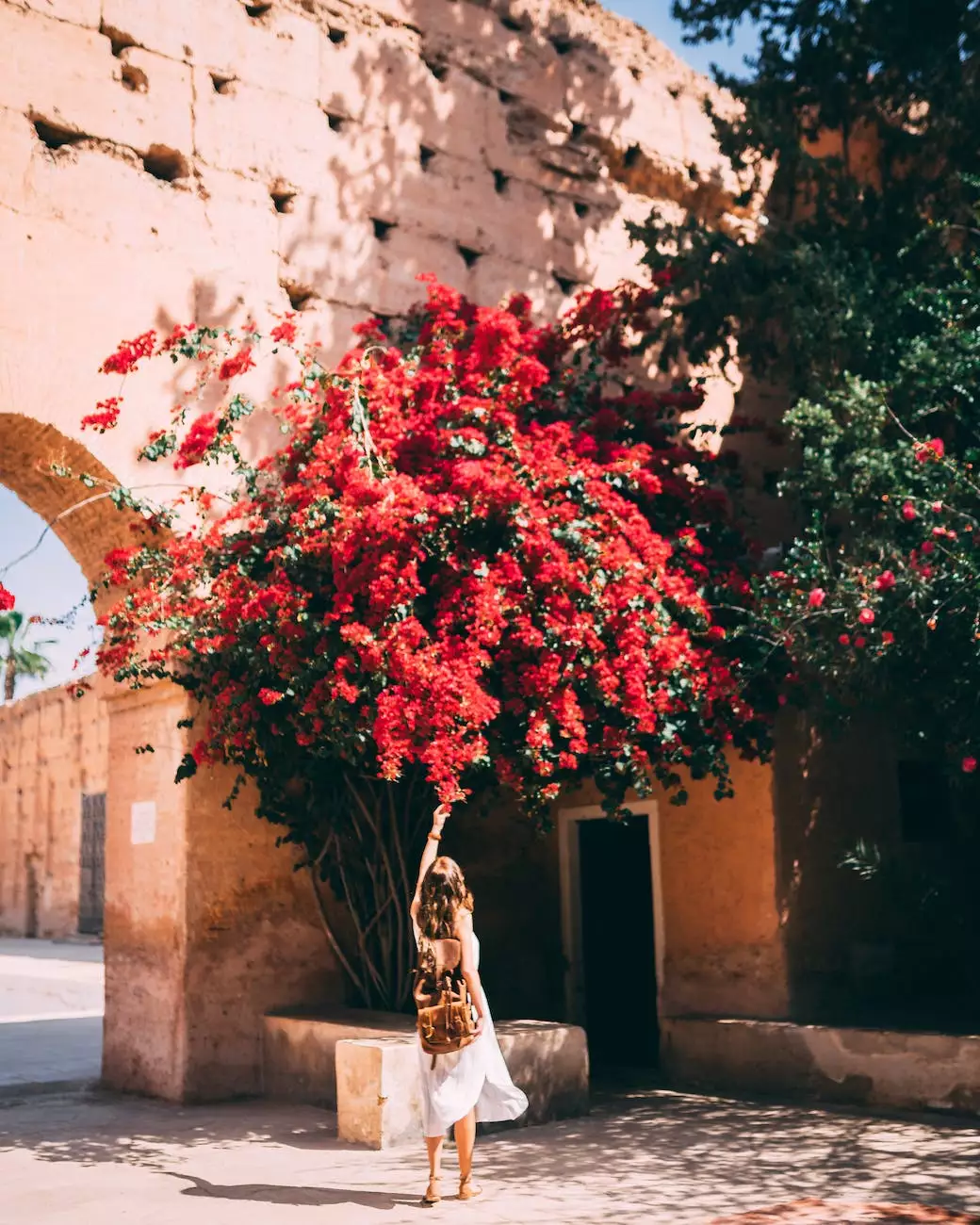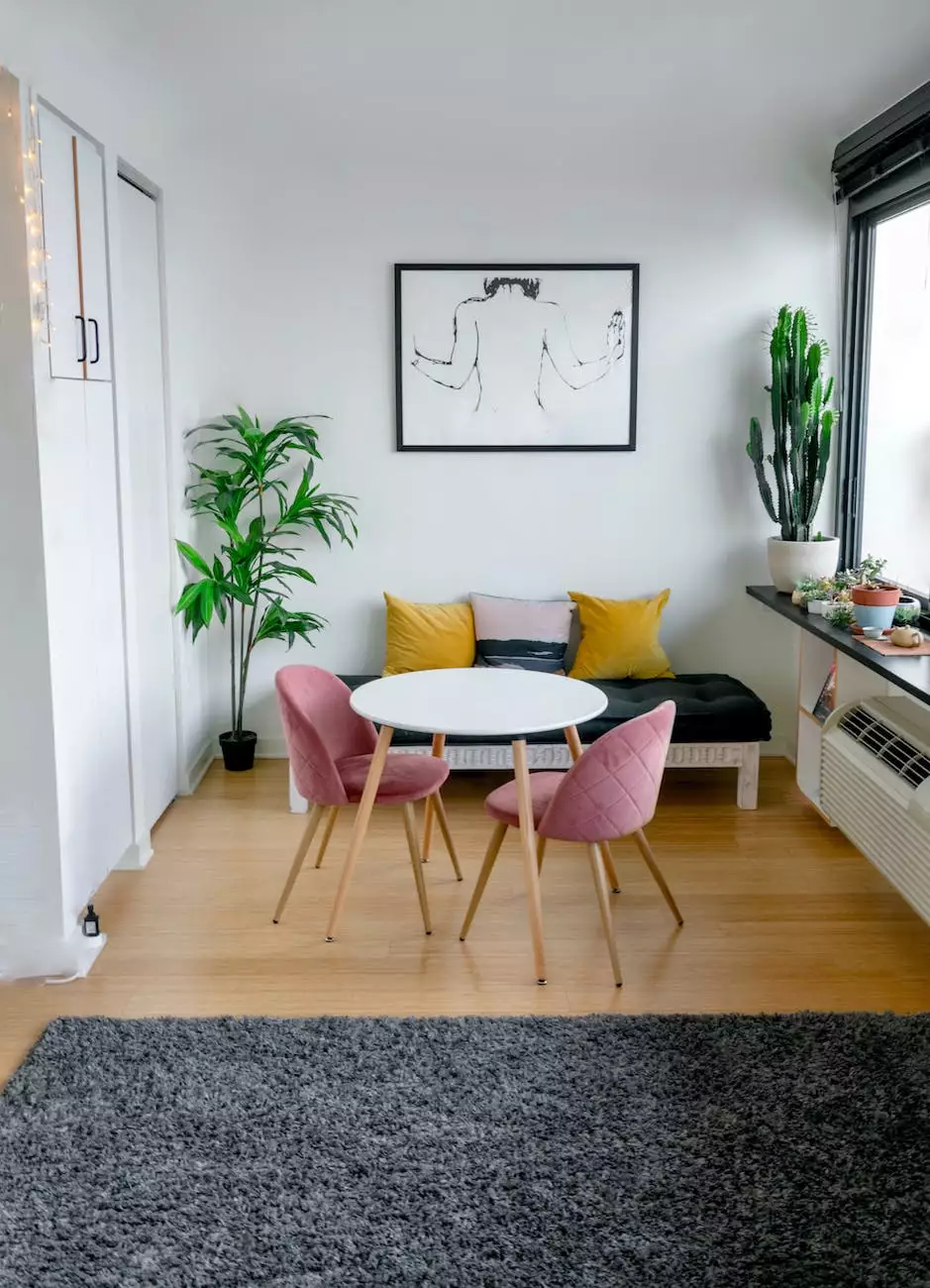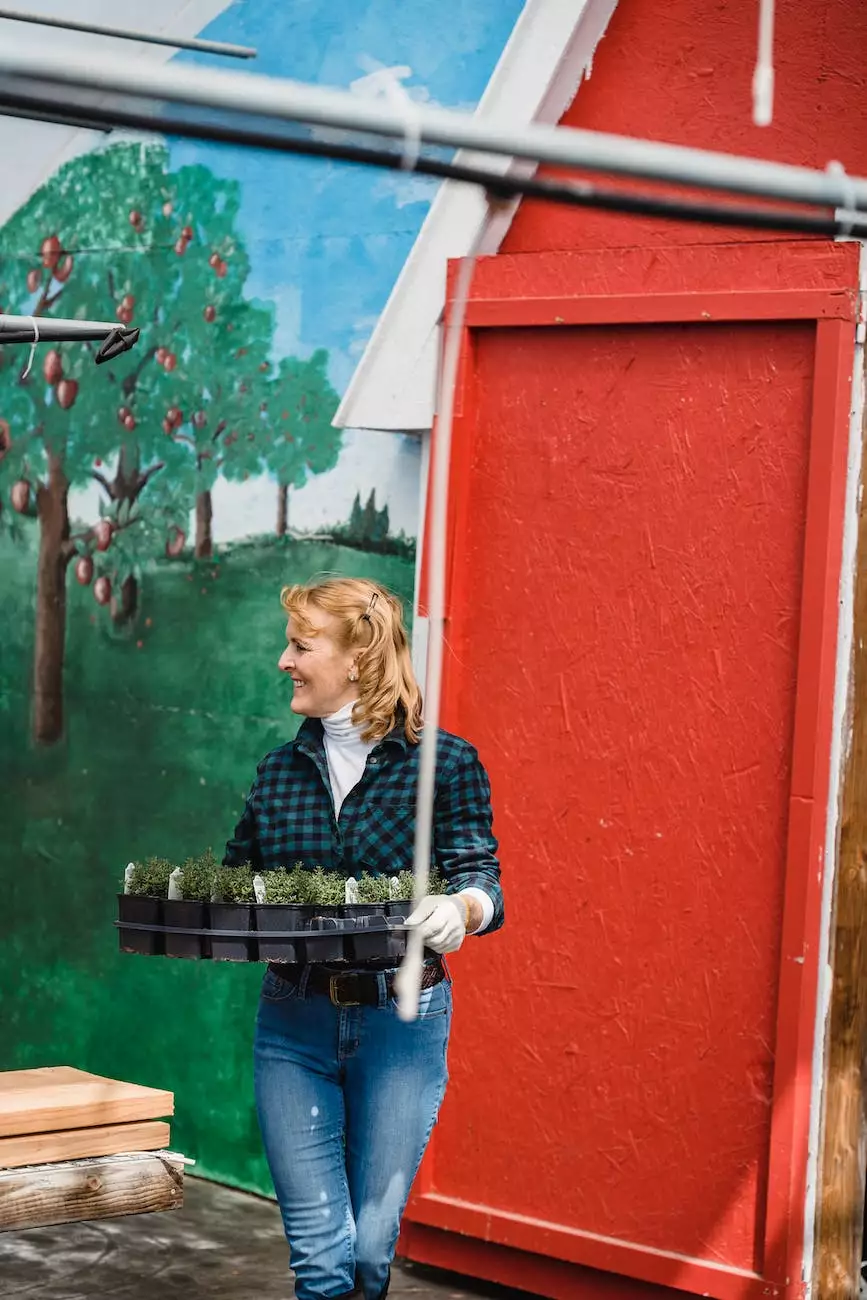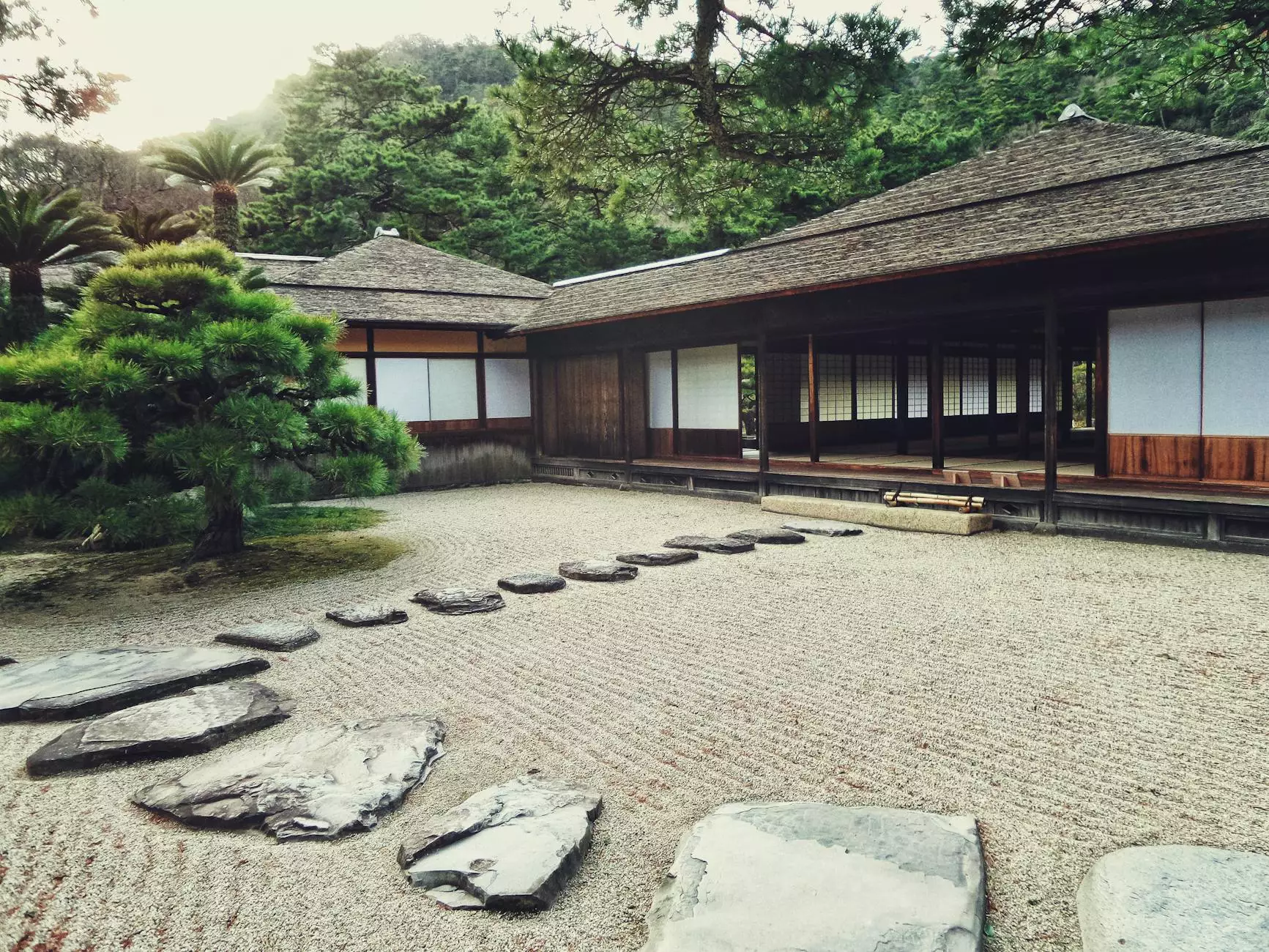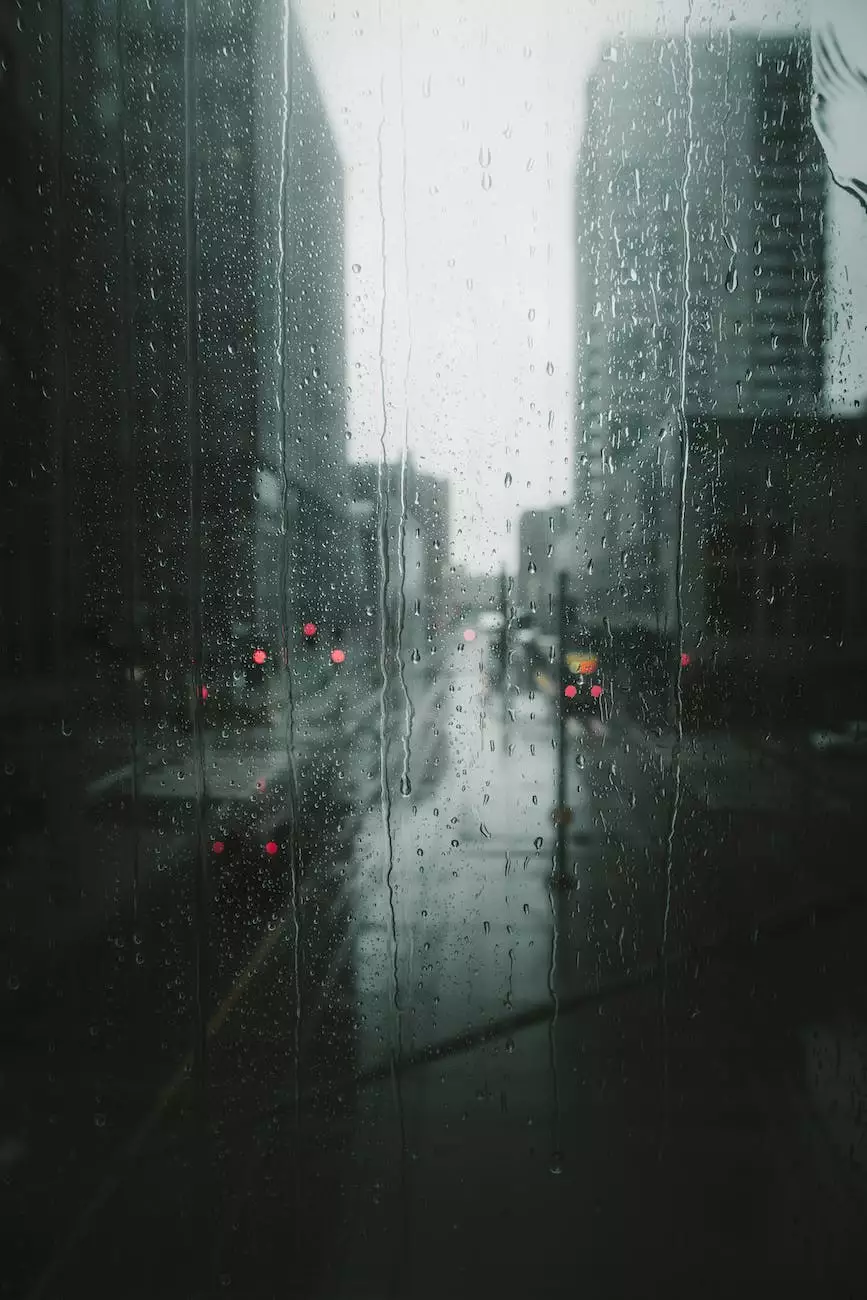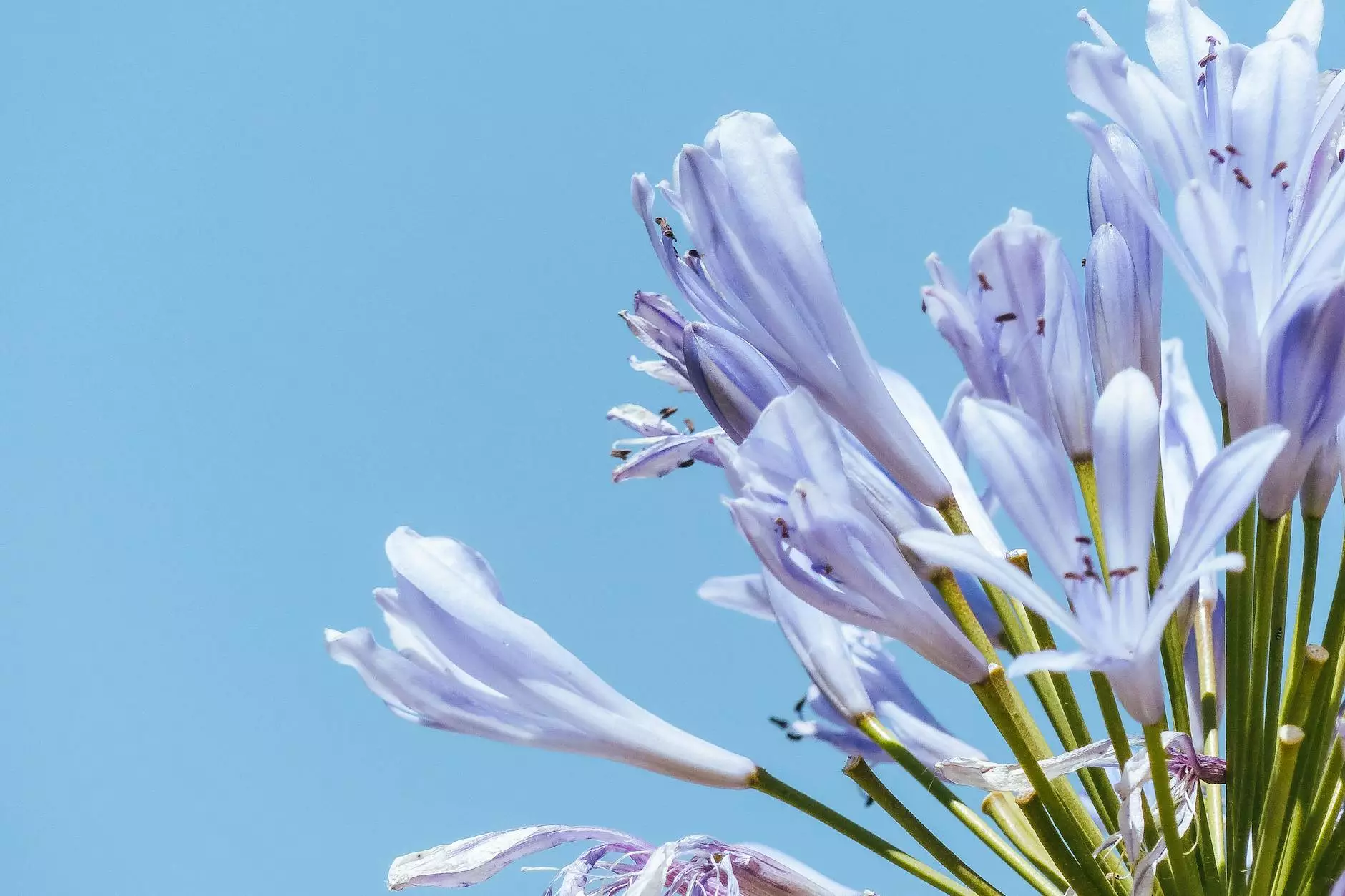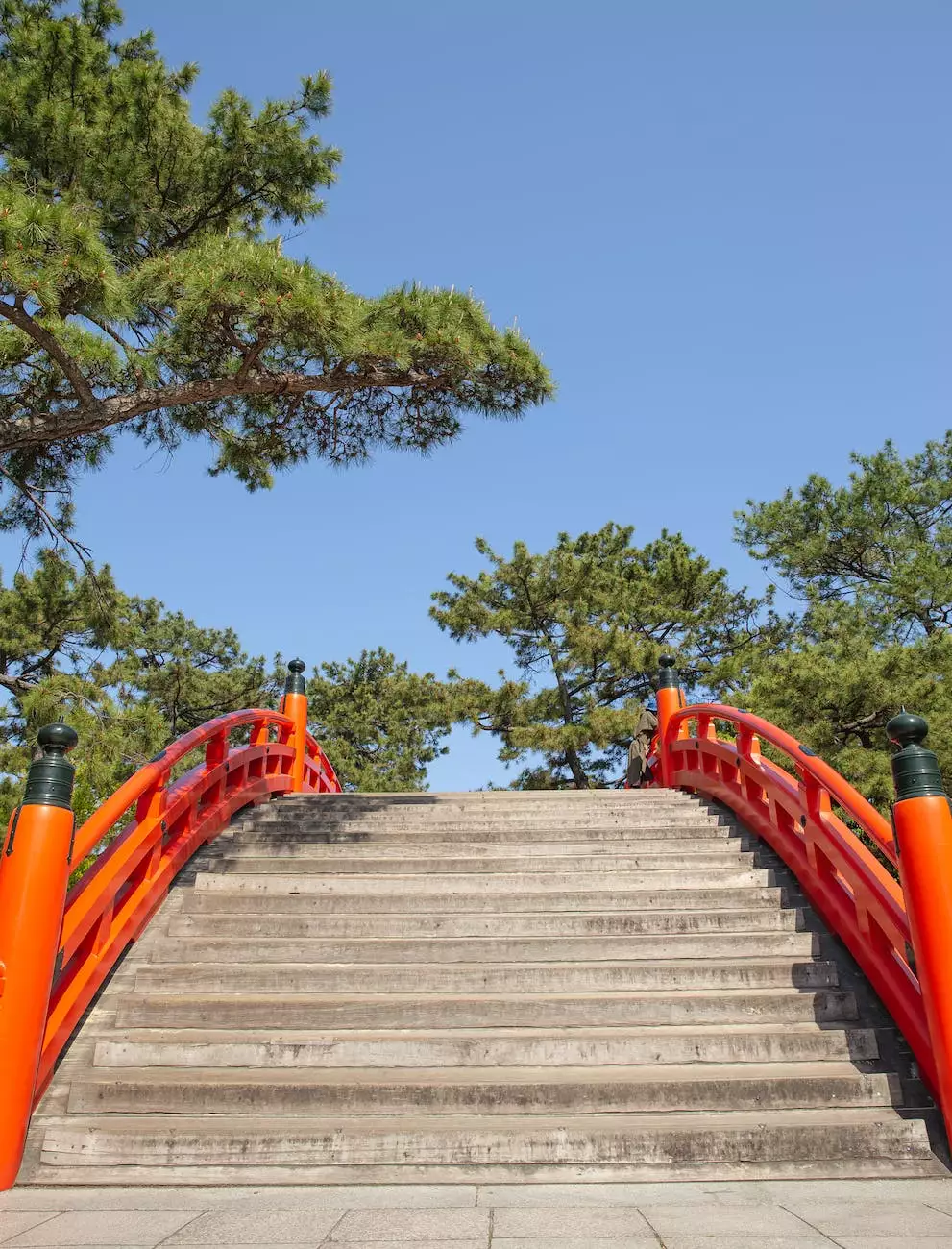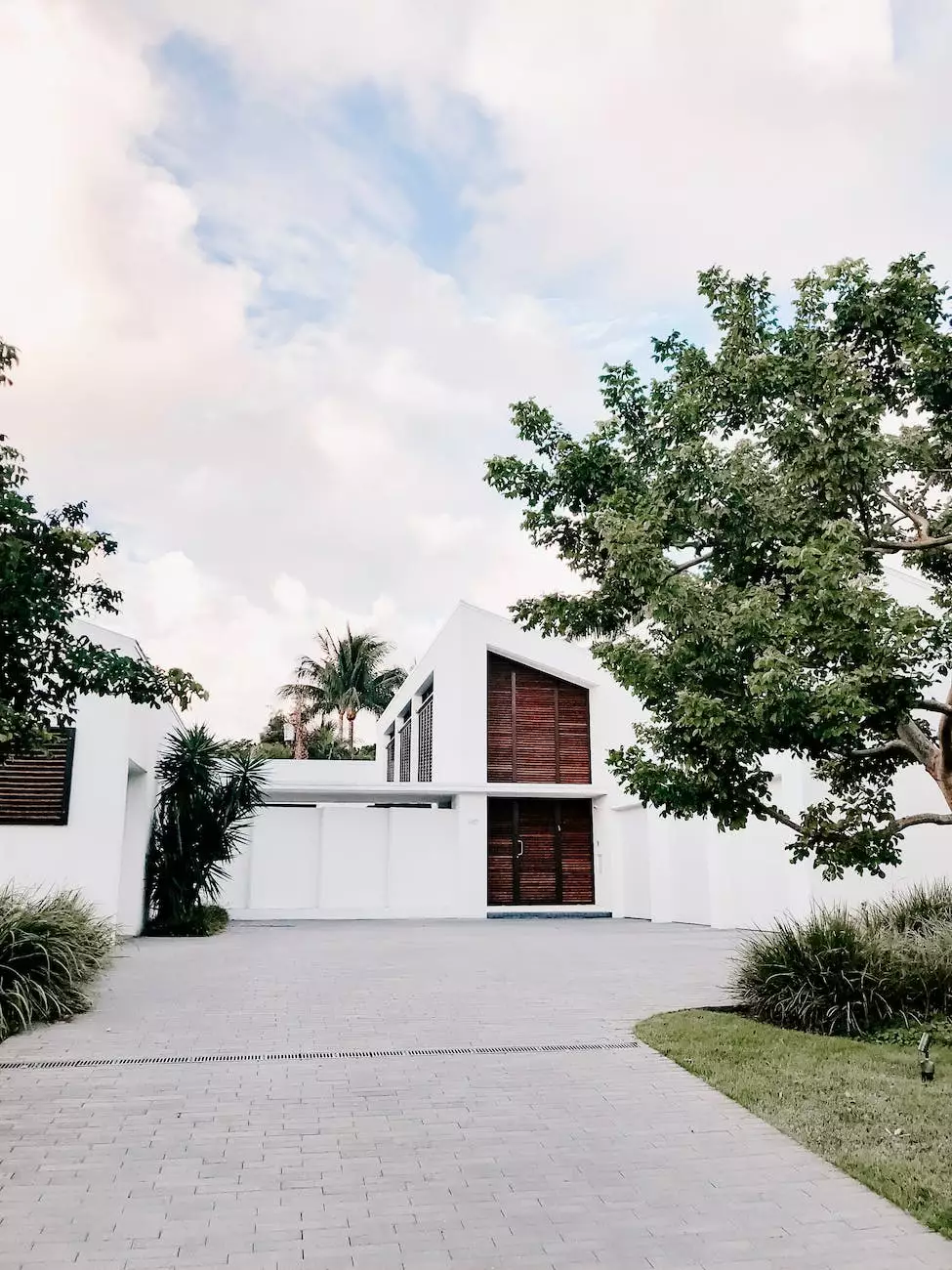NATIVE PLANTS FOR NEW YORK CITY RAIN GARDENS
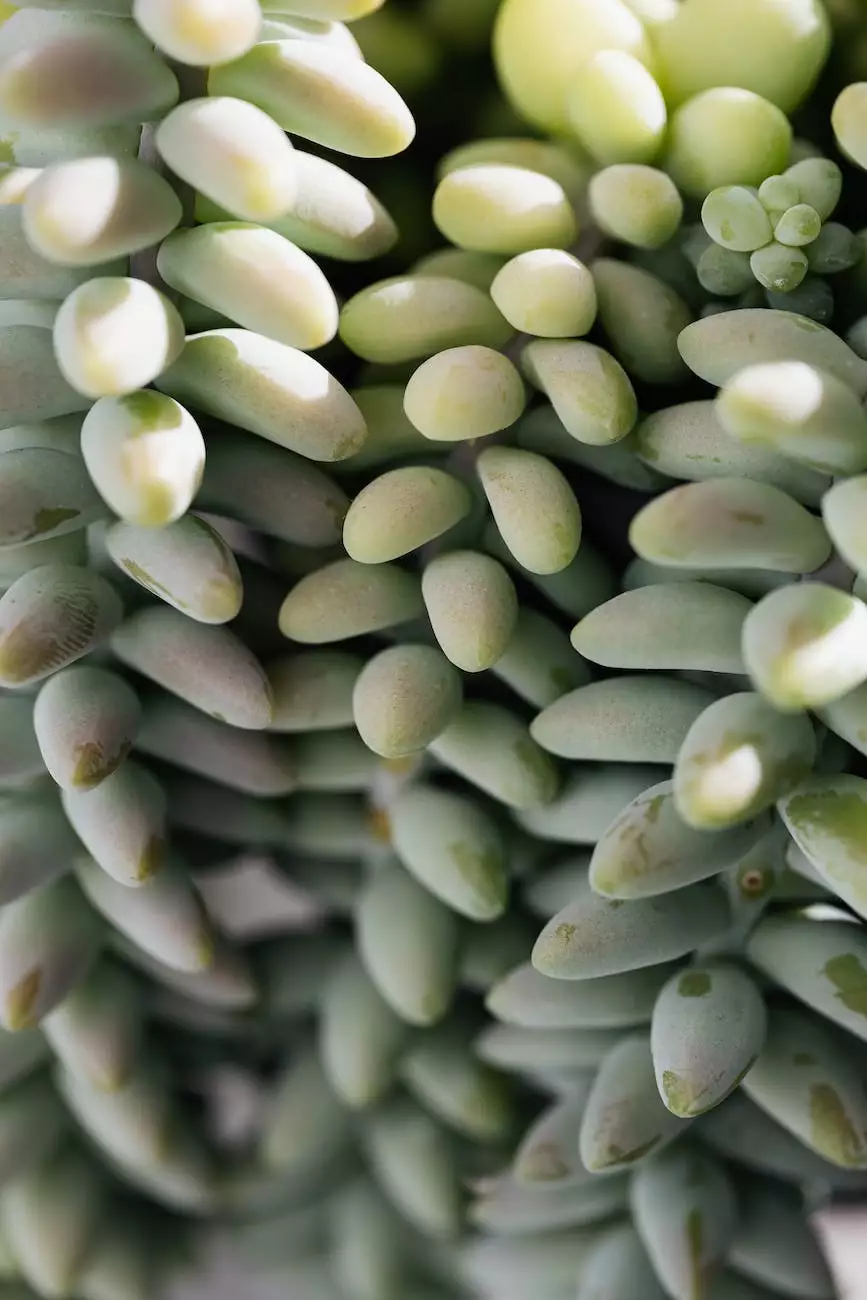
Welcome to American Pond & Gardens, your trusted source for all things related to home and garden landscaping. In this article, we will explore native plants specifically suited for creating beautiful rain gardens in New York City. Designing a rain garden that thrives in the unique climate and environmental conditions of this vibrant city can be a challenging task. However, with the right selection of native plants, you can create a stunning and sustainable rain garden that contributes to the environmental health of your community.
The Importance of Native Plants in Rain Gardens
Rain gardens play a crucial role in mitigating stormwater runoff and preventing water pollution. By capturing and absorbing rainwater, these gardens prevent excess water from overwhelming drainage systems and carrying pollutants into local water bodies. Native plants are especially well-suited for rain gardens because they have adapted to the local climate and soil conditions of their region.
Native plants possess a remarkable ability to tolerate fluctuations in water availability and thrive in the specific conditions of their natural habitat. These plants have established deep root systems that aid in storing and filtering excess rainwater, thereby reducing erosion and improving water quality. Additionally, native plants provide essential habitats for pollinators, birds, and other wildlife, enhancing the overall biodiversity of your rain garden.
Native Plants for New York City Rain Gardens
1. Cardinal Flower (Lobelia cardinalis)
The Cardinal Flower is a stunning perennial native to New York City. Sporting tall spikes of vibrant red flowers, it adds a pop of color to any rain garden. The plant thrives in moist soil and partial shade, making it an excellent choice for rain gardens with varying light conditions. Its nectar-rich blooms also attract hummingbirds, butterflies, and bees.
2. Blue Flag Iris (Iris versicolor)
The Blue Flag Iris is a magnificent aquatic plant that can be found growing in wetlands and along the edges of streams in New York City. With its striking blue-violet flowers, it adds elegance and charm to rain gardens. This perennial iris prefers full sun to partial shade and performs well in the moist soil typically found in rain gardens. Be sure to plant it where it can enjoy consistent moisture levels.
3. Cinnamon Fern (Osmunda cinnamomea)
The Cinnamon Fern is an attractive native fern that thrives in the moist conditions of rain gardens. With its distinctive cinnamon-colored fertile fronds emerging in spring, it adds a unique visual interest to the garden. This fern can tolerate both sun and shade, making it a versatile choice. Plant the Cinnamon Fern where it can benefit from the natural water flow of your rain garden.
4. New England Aster (Symphyotrichum novae-angliae)
The New England Aster is a splendid perennial known for its vibrant purple flowers. This native plant attracts bees, butterflies, and other beneficial insects, making it an excellent choice for supporting local pollinators. It performs well in full sun and moist soil, making it a suitable addition to New York City rain gardens. With its late-season blooms, the New England Aster extends the visual appeal of your rain garden well into fall.
5. Virginia Bluebells (Mertensia virginica)
The Virginia Bluebells are delicate and bell-shaped flowers that add a touch of elegance to rain gardens. These spring-blooming perennials prefer moist, well-draining soil and partial shade. Bursting with shades of pink, purple, and blue, Virginia Bluebells attract bees and butterflies in search of nectar. Plant them in groups to create a stunning display of color.
Incorporating Native Plants for a Thriving Rain Garden
When designing your New York City rain garden, consider these key principles:
1. Local Adaptation
Choose plants that are native to the New York City region, as they are best adapted to local conditions and will thrive in your rain garden.
2. Diverse Plant Selection
Create a diverse plant community within your rain garden to provide a variety of benefits such as erosion control, wildlife habitat, and aesthetic appeal.
3. Consider Bloom Time
Select plants that bloom at different times throughout the year to ensure your rain garden remains visually appealing and provides food for pollinators across multiple seasons.
4. Soil and Light Requirements
Take into account the specific soil and light conditions of your rain garden. Some plants thrive in full sun, while others prefer partial shade. Similarly, certain plants prefer well-draining soil, while others can tolerate wetter conditions.
By carefully considering these factors and incorporating a thoughtful selection of native plants, you can create a visually striking and environmentally beneficial rain garden for your New York City property.
At American Pond & Gardens, we are dedicated to helping homeowners and garden enthusiasts transform their outdoor spaces into sustainable and stunning landscapes. Explore our extensive collection of native plants and gardening resources to maximize the potential of your rain garden project.

